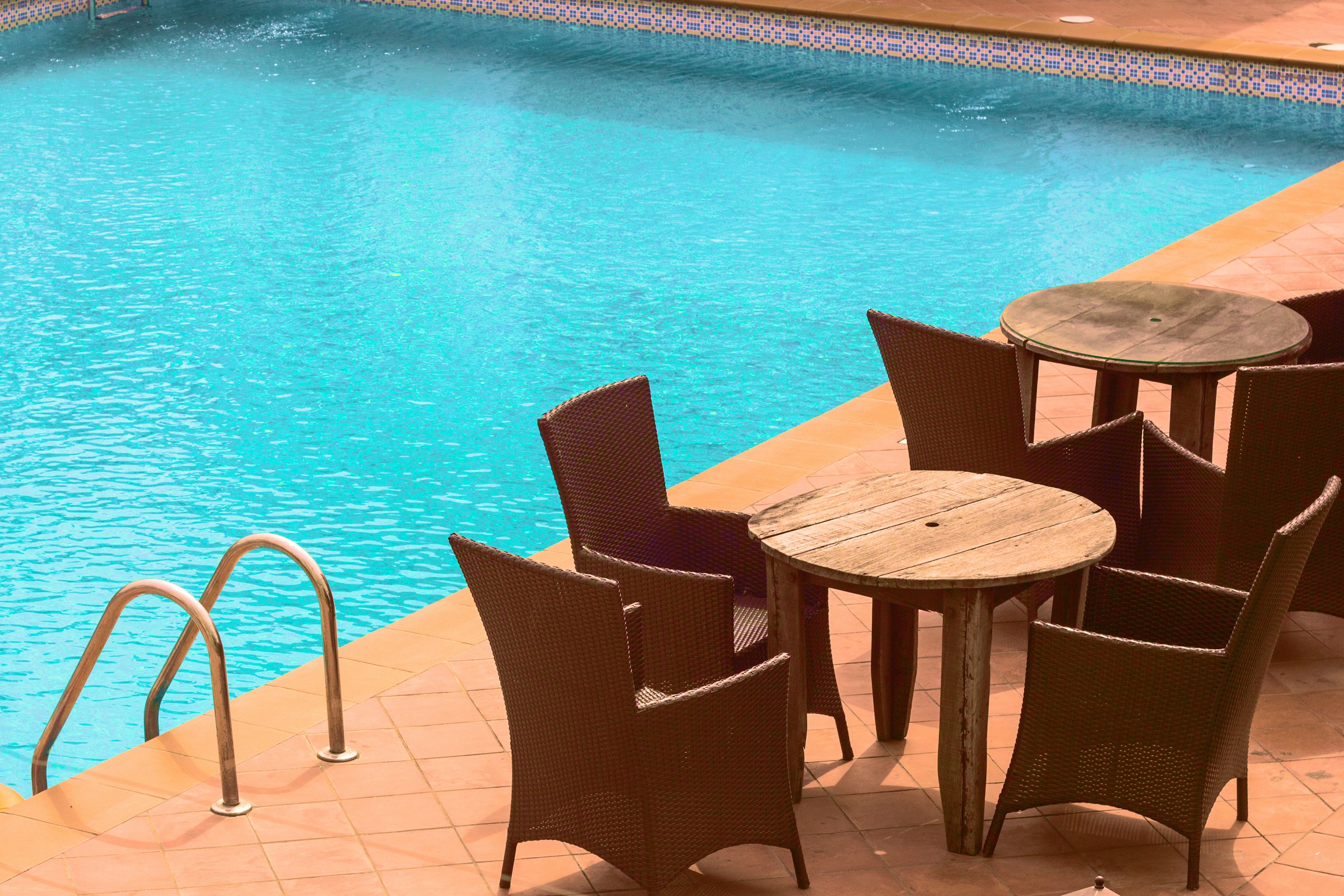What are the specific considerations for building a UK home swimming pool in a limestone area?

Swimming pools are a fantastic addition to any home, providing a welcome leisure space and potentially increasing property value. However, building a home swimming pool in the UK, particularly in a limestone area, requires careful planning and consideration. Here, we explore the specific considerations for constructing a swimming pool in a limestone area, from assessing the composition of the ground to handling groundwater and managing pool chemistry.
Ground Composition
Before starting any construction project, it's important to understand the composition and condition of the ground. In limestone areas, the ground consists mainly of sedimentary rock formed from marine organisms' skeletons over millions of years. This rock type is characteristically soft, porous, and prone to weathering and erosion, which can create potential problems when building a swimming pool.
A lire en complément : Explore top-rated baby floats for enjoyable and safe summer days
The ground's composition determines the construction methods and materials to be used. For instance, in a limestone area, you may need to consider reinforced concrete or vinyl-lined in-ground pools to prevent leaks caused by the soft and porous nature of the limestone.
Moreover, professional geotechnical surveying may be necessary to assess the stability and suitability of the ground for pool construction. This can help identify any potential issues, such as the presence of cavities or sinkholes, and ensure that the pool's weight is effectively distributed to prevent uneven settling or cracking.
A voir aussi : What are the critical safety measures for pools with automatic covers in UK homes?
Groundwater Management
Another key consideration when building a swimming pool in a limestone area is managing groundwater. Limestone is highly permeable, meaning it allows water to easily seep through. As such, areas with limestone bedrock tend to have high groundwater levels.
High groundwater levels can pose issues during both the construction and maintenance phases of a swimming pool. For instance, they can cause hydrostatic pressure, leading to structural damages such as bulging or cracking of the pool walls.
To mitigate these risks, proper groundwater management techniques must be adopted. This may include installing a dewatering system during construction to lower the water table temporarily and keep the pool area dry. Post-construction, a hydrostatic relief valve can be installed to relieve pressure and prevent damage from rising groundwater.
Pool Chemistry Management
Water chemistry is an important aspect of maintaining a swimming pool. However, in limestone areas, managing pool chemistry can be more challenging due to the mineral's natural properties.
Limestone is primarily composed of calcium carbonate, a substance that can dissolve in water and alter its chemical balance. This can lead to increased calcium hardness levels in the pool water, which can cause scaling, cloudy water and reduced efficiency of sanitizing chemicals.
To keep the pool water balanced, regular testing of water hardness, pH, and total alkalinity is required. It may also be necessary to use certain pool chemicals or a water softening system to manage the calcium hardness levels.
Planning Permissions and Regulations
In the UK, building a swimming pool generally doesn't require planning permission, unless the property is listed or located in a conservation area. However, building in a limestone area may present additional regulatory challenges due to the potential impact on the natural environment.
For instance, in areas of Outstanding Natural Beauty (AONB) or Sites of Special Scientific Interest (SSSI), which are often limestone areas, there may be stricter planning controls to protect the landscape and wildlife habitats.
As such, it's crucial to check with your local planning authority, conduct necessary environmental assessments, and ensure that all construction activities comply with local regulations and guidelines.
Cost Implications
Finally, building a swimming pool in a limestone area can have cost implications that need to be factored into the budgeting process. The need for professional surveying, special construction techniques, additional water management systems, and potential regulatory compliance can all add to the total project cost.
Thus, it's important to thoroughly research and plan your project, taking into account all these specific considerations. A professional pool builder with experience in limestone areas can provide invaluable advice and help ensure that your project is a success.
Maintenance and Lifespan Considerations
Considering the maintenance and lifespan of a swimming pool is a key aspect of planning, particularly in a limestone area. The distinct characteristics of limestone can create unique maintenance challenges and potentially affect the pool's durability and longevity.
Limestone areas are typically subject to greater wear and tear due to the rock's nature. This means that swimming pools in these locations may require more frequent maintenance to manage potential issues like cracking or leaking. Regular pool inspections can help detect and address these problems early, preventing more significant damage and costly repairs.
Additionally, the pool's materials can be affected by the limestone's chemical composition. Limestone is alkaline, meaning it can raise the pH level of the water. High pH levels can cause corrosion of metal pool components, such as ladders and light fixtures, leading to premature wear and potential safety risks.
To mitigate these effects, it's worthwhile considering pool components made from corrosion-resistant materials, like stainless steel or plastic. Furthermore, regularly testing and adjusting the pool's pH levels can help protect the pool equipment and maintain the water's clarity and sanitation.
Understanding these factors can help create a realistic expectation about the pool's lifespan and the ongoing maintenance costs. As such, these considerations should be incorporated into the planning and budgeting process to ensure the pool remains a valuable and enjoyable addition to your home.
Conclusion
Building a home swimming pool in a limestone area in the UK requires careful planning and a thorough understanding of the specific challenges that these areas present. From assessing ground composition to managing groundwater, maintaining pool chemistry, navigating planning permissions and regulations, considering cost implications, and understanding maintenance and lifespan factors, many aspects need to be considered for a successful project.
However, with careful planning and the right professional guidance, these challenges can be effectively managed. This can result in a swimming pool that not only enhances your home's value but also provides a enjoyable leisure space for many years.
Remember, building a swimming pool is a significant investment, so it's important to do your due diligence. Take the time to research and understand the specific considerations for building in a limestone area, and seek advice from professionals with experience in this field. This will help you make informed decisions, ensuring that your swimming pool project is both successful and sustainable.
